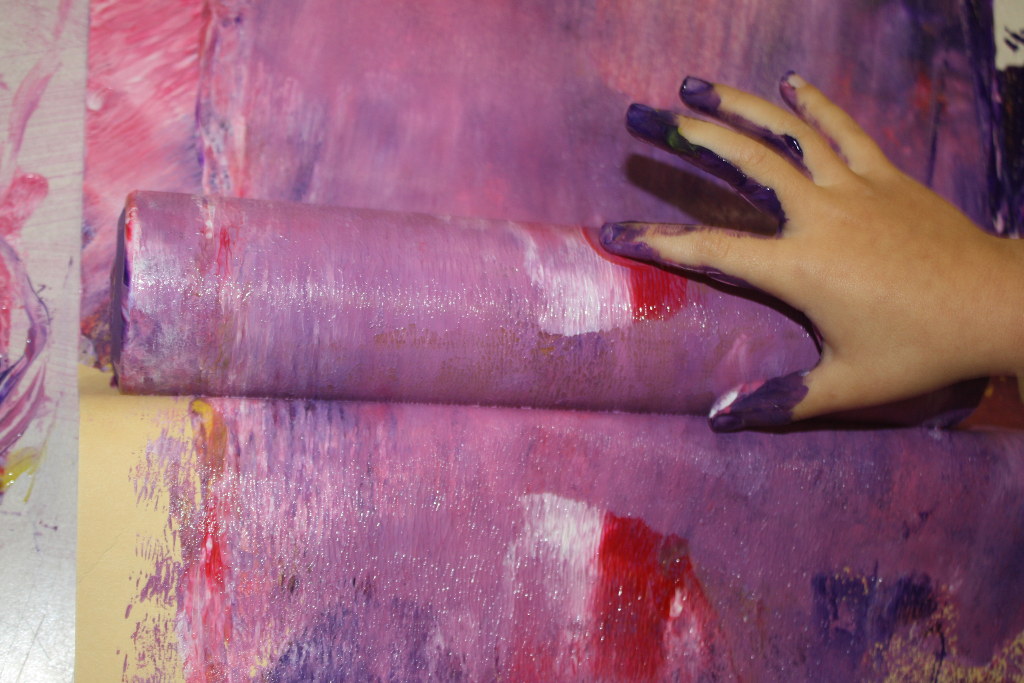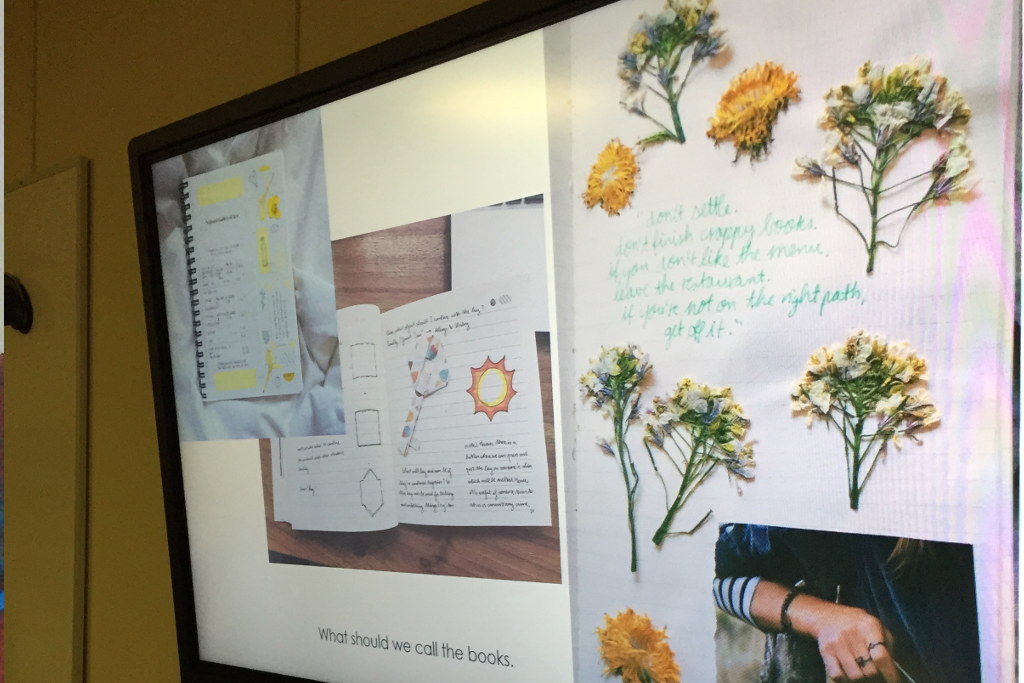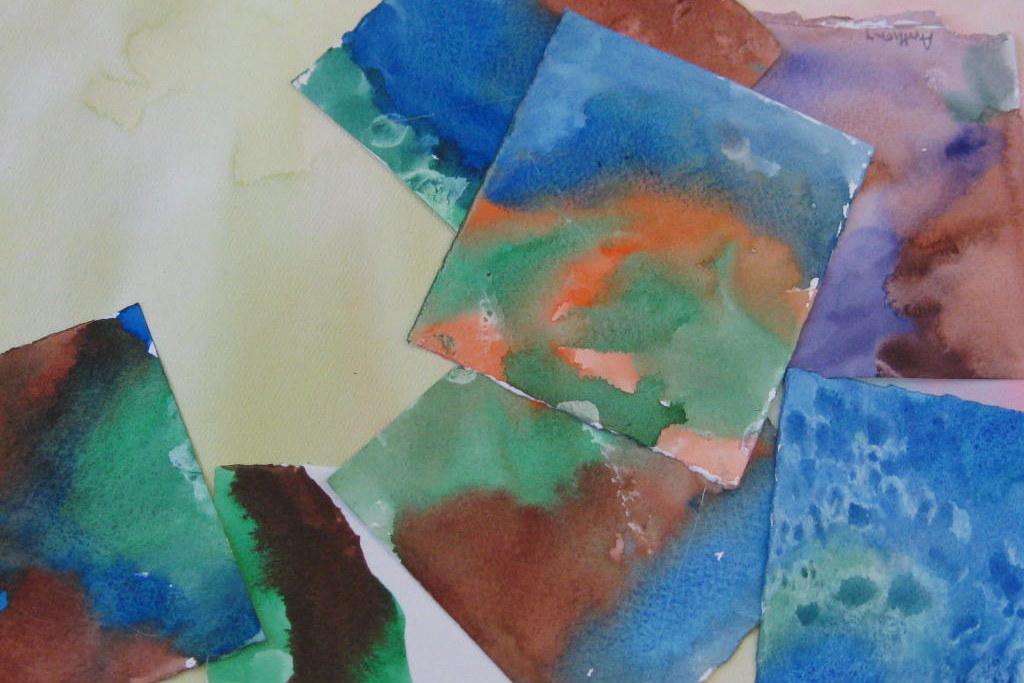
The Journey of Pedagogical Documentation
An inspiring visit to Sioux Lookout

Those of us who are on the journey of documenting children’s ideas, thoughts, play, investigations, and questions know that it is a process. In my book ‘Pedagogical Documentation in Early Childhood,’ I refer to CarolAnne Wien’s ideas of teacher progressions with pedagogical documentation. Rather than ‘stages,’ these progressions (Developing Habits of Documentation, Becoming Comfortable with Public Recounting of Activities, Developing Visual Literacy Skills, Conceptualizing the purpose of documentation as Making Learning Visible, and Sharing Visible Theories for Interpretation Purposes and Further Curriculum Design) are indeed a journey, and sometimes we can feel ‘stalled’ when we reach a certain point and don’t know what to do next in order to further our own development!
This was the case for the kindergarten team at Sacred Heart Elementary School in Sioux Lookout, Ontario. Roberta Chabbert, on behalf of the team, invited me to spend some time with them in order to help them to become ‘unstuck’ and continue on their journey. They felt that although the first three progressions (as described above) were well entrenched in their daily practices, they were feeling challenged by taking their documentation practices deeper and further. So, I took the long trip from Nova Scotia to Sioux Lookout to collaborate with this team of eight (4 kindergarten teams)….

When visiting these warm, welcoming, and richly provisioned classrooms (full of interesting loose parts!), it was clear to see that inquiry, questioning, investigations of both the children’s and teachers’ ideas and thoughts, were fully underway. Documention of past and present inquiries were everywhere, and were thoughtfully presented – often beginning with children’s understandings or misunderstandings, or a teacher’s question about their own thoughts and practices (e.g. Is it okay to Puppy Play?’), or a small inquiry about children’s curiousities around the natural world or art materials.

On that first afternoon, hanging out in the classrooms, it became clear that a huge shift from ‘traditional’ kindergarten curriculum from the past, where everything was pre-planned according to what teachers thought should happen, had been completely transformed to a play-based, collaborative process – the relationship between children’s thinking and teachers’ responses was visible everywhere through the invitations, materials and documented work. And, there was much emphasis on literacy, with print being used in functional ways that were meaningful for the children. ‘How does Learning Happen?’ (Ontario’s early learning framework) was here, with relationship-based learning at the forefront. So, what would we do together, what would we think about, over the next 24 hours?

Since inquiry-based learning was already well underway, we thought instead about the role of Teacher as Researcher; the idea that through reflection upon our documentation, and by taking it back to children to be revisited, we can use the documentation as a learning tool – not only for children, but for ourselves as teachers as well. In this way, the documentation becomes pedagogical, a tool for study. In particular, we concentrated on ‘widening the lens’ of our observations and thinking, to formulate ‘big questions.’ By big questions, I refer to those questions that refer to children’s processes and thinking, rather than ‘tight’ questions – those with a smaller focus. For instance, we examined a photograph of a child making a map to show another child how to get to the gym. When examining this, we could focus on literacy skills, spatial development, and so on. But, a bigger question might be ‘How does symbolic representation help children make sense of their world?’ In this way, we are widening our lens to take in a much bigger topic for us to think about and respond to.

That day in Sioux Lookout, we examined many ways of widening the lens to think about children’s thinking, how we could find answers to our questions, and the power of thinking together – both with other teachers and with the children themselves.
These teachers were already asking themselves difficult questions about their own responses to certain types of play (Superheroes!Puppies!) and had been thinking deeply about how to research what would happen if they changed their usual responses. It was refreshing to see their own thinking in their documentation, together with the children’s. I imagine a parent reading about this deep, reflective thinking, and how the teachers’ care and attention to children’s ideas would be so visible and reassuring to them.
Kudos to this team, situated in a place where it is difficult to reach conferences and speakers, to take it upon themselves to conduct self-study through reading and discussion, trial and error, and thinking hard, in order to keep exploring and growing.

Stay tuned for further blog posts on literacy in these classrooms!








